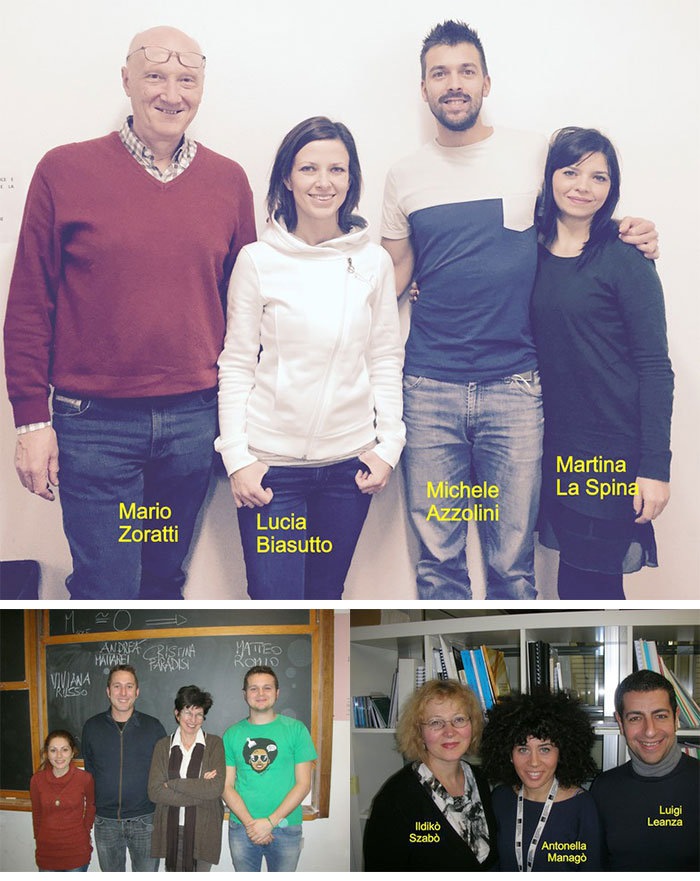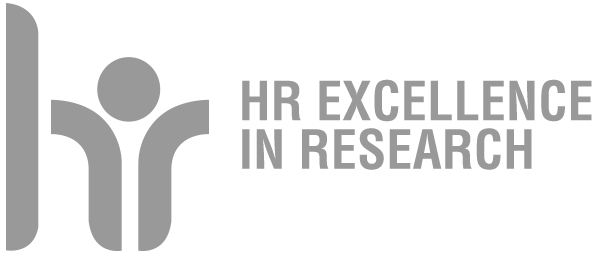
Pharmacobiology of Natural Compounds
 Prof. Paradisi’s group (part) (Dept. Chemical Sciences) Prof. Szabò’s group (part) (Dept of Biology)
Prof. Paradisi’s group (part) (Dept. Chemical Sciences) Prof. Szabò’s group (part) (Dept of Biology)
Developing a pharmacology of polyphenols
The goal of the program is to find ways to increase the concentration of polyphenols and their conjugates in the body or at specific locations in the body, considering them as potential pharmacological agents. Three related approaches, all based on the chemical synthesis of novel derivatives, are actively pursued: prodrugs, mitochondriotropic derivatives, solubilisation. This work is carried out in strict collaboration with the group led by Prof. Cristina Paradisi at the Dept. of Chemical Sciences of the University of Padova.
Mechanisms of action of polyphenols
A program intended to clarify mechanistic aspects of the bioactivity of selected polyphenols (pterostilbene and resveratrol). We are focusing on autophagy induction and on the impact of pterostilbene, in particular, on signalling and gene expression in the brain of rodents. This latter line of research is pursued in collaboration with the groups led by Alessandro Sale and Nicoletta Berardi at the CNR Institute of Neuroscience – Pisa.
Mitochondrial ion channels.
We collaborate with the groups led by Prof. Ildikò Szabò at the Dept. of Biology, Prof. Cristina Paradisi at Chemical Sciences, and others, to identify and characterise ion-conducting channels of the mitochondrial inner membrane (IMM). We study their roles in mitochondrial and cellular physiology, and their possible exploitation as targets of pharmacological intervention. We focus in particular on the Permeability Transition Pore and on the IMM population of K+-selective Kv1.3 channels.
See also the pages in the site of the Institute of Neuroscience:
- link to the group’s page: http://www.in.cnr.it/index.php/it/rubrica-top-it/2-non-categorizzato/202-gruppo-zoratti-it
- link to M. Zoratti’s page: http://www.in.cnr.it/index.php/it/rubrica-top-it/21-staff/staff-padova/200-zoratti-it
- link to L. Biasutto’s page: http://www.in.cnr.it/index.php/it/rubrica-top-it/21-staff/staff-padova/203-biasutto-it
Five recent publications
- Amino Acid Carbamates As Prodrugs Of Resveratrol. Mattarei A, Azzolini M, La Spina M, Zoratti M, Paradisi C, Biasutto L. Sci Rep. 5:15216 (2015).
- Mitochondrial channels: ion fluxes and more. Szabo I, Zoratti M. Physiol Rev. 94:519-608 (2014).
- Prodrugs of Quercetin and Resveratrol: A Strategy under Development. Biasutto L, Zoratti M. Curr Drug Metab. 15:77-95 (2014).
- Cytotoxicity of mitochondria-targeted resveratrol derivatives: interactions with respiratory chain complexes and ATP synthase. Sassi N, Mattarei A, Azzolini M, Szabo' I, Paradisi C, Zoratti M, Biasutto L. Biochim Biophys Acta. 1837:1781-9 (2014).
- Mitochondrial effects of plant-made compounds. Biasutto L, Szabo' I, Zoratti M. Antioxid Redox Signal. 15:3039-59 (2011).
Projects
- Fondazione Cassa di Risparmio di Padova e Rovigo
- PRIN - Programmi di ricerca Scientifica di Rilevante Interesse Nazionale




